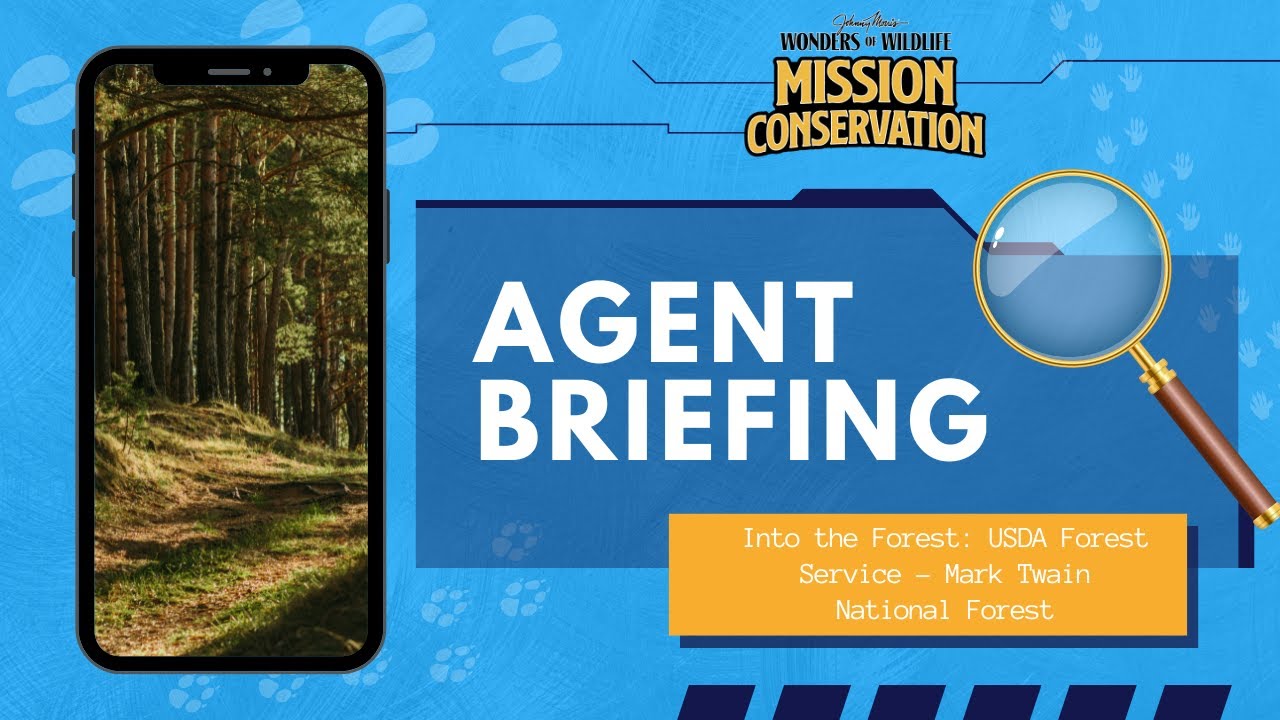– The importance of the USDA Forest Service’s role in maintaining forest ecosystems
– An overview of habitat conservation and its significance in wildlife management
– Interdisciplinary approaches in managing forest health and promoting biodiversity
– The integration of technology and traditional knowledge in forest conservation
– Strategies for public engagement and education in forest stewardship
The United States Department of Agriculture (USDA) Forest Service plays a pivotal role in the stewardship of America’s forested lands, balancing the needs of wildlife conservation with those of diverse human interests. This article delves into the intricate work of the USDA Forest Service, focusing on the objectives and strategies of their operations as they embark on missions like the “Agent Briefing: Into the Forest” initiative. The USDA Forest Service is tasked with an expansive range of responsibilities, from wildfire management to enhancing the habitats that various species depend on for survival. Their work is critical in ensuring the health and vitality of forest ecosystems nationwide.
Habitat conservation emerges as a foundational element in the realm of wildlife management. Protecting and restoring natural habitats is essential for the survival of numerous species, many of which are endangered or threatened. The USDA Forest Service adopts a science-based approach to habitat conservation, aiming to sustain the intricate web of life that forests support. Their efforts in this area are multifaceted, involving the restoration of native vegetation, the control of invasive species, and the protection of water resources, all of which contribute significantly to the resilience of forest ecosystems.
An interdisciplinary approach is vital in managing forest health and promoting biodiversity. The USDA Forest Service collaborates with ecologists, zoologists, and environmental scientists, among others, to analyze the complex interactions within forest ecosystems. This collaboration facilitates a comprehensive understanding of forest health factors, thereby enabling more effective management strategies. The emphasis is on achieving a balance that supports wildlife needs while accommodating recreational, cultural, and economic interests. By integrating different perspectives and areas of expertise, the USDA Forest Service is better equipped to address the challenges facing America’s forests.
Technology and traditional knowledge are invaluable in the quest for effective forest conservation. The USDA Forest Service leverages cutting-edge tools like satellite imagery and GIS mapping to monitor forest conditions and track changes over time. Simultaneously, the agency recognizes the importance of traditional ecological knowledge passed down through generations of indigenous peoples and local communities. This blend of modern technology and age-old wisdom enriches the Forest Service’s conservation efforts, providing a more holistic view of maintaining and restoring forest ecosystems.
Engaging the public in forest stewardship is an essential strategy for the USDA Forest Service. Education and outreach programs are designed to raise awareness about the significance of forests and the challenges they face. By fostering a deeper connection between people and the natural world, the Forest Service encourages more responsible behaviors and a greater willingness among the public to participate in conservation efforts. Volunteer programs, guided tours, and educational materials exemplify how the Forest Service seeks to inspire a sense of responsibility and passion for the environment.
In summary, the USDA Forest Service’s multifaceted approach to forest management exemplifies the complexity and importance of conserving America’s forested lands. Through a combination of habitat conservation efforts, interdisciplinary collaboration, the integration of technology and traditional knowledge, and strategies for public engagement, the Forest Service works diligently to protect and enhance the health of forest ecosystems. This, in turn, supports the diversity of life that relies on forests for survival and ensures that future generations can enjoy and benefit from these vital natural resources. By continuing to adapt and innovate in their conservation practices, the USDA Forest Service remains at the forefront of efforts to safeguard America’s forests and the myriad of benefits they provide.
*****
Source Description
Join us for this month’s Agent Briefing! For the month of March, our theme was Into the Forest! Throughout the month, we learned all about the forest, the critters that call it home, and why forest ecosystems are so important! In this stream, you will learn all about the amazing ecosystems in the Mark Twain National Forest! You will also get to hear about all the great work and resources they have on the property! Our friend, Cody Norris, a Public Affairs Officer for the Mark Twain National Forest will share all this great information and more!
Don’t forget! You can also play our monthly “at-home” mission to learn even more about the forest ecosystem! Check out the “At Home Mission Conservation: Into the Forest” mission in the Agents of Discovery app!


